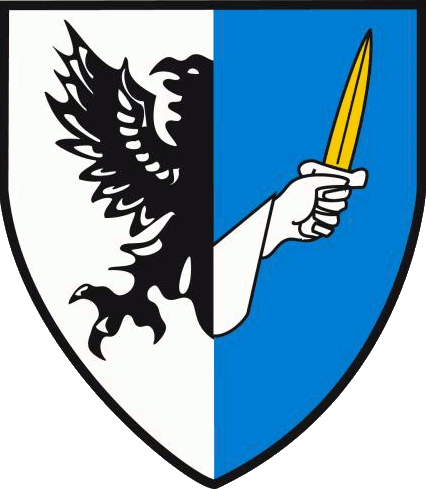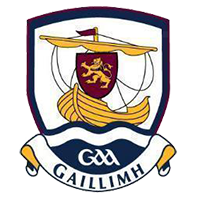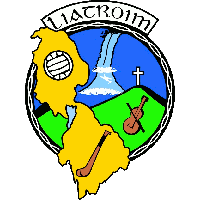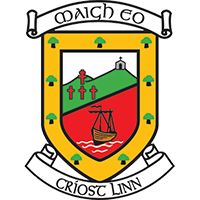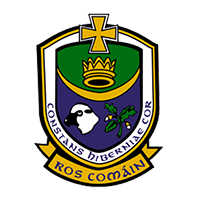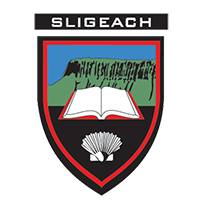Inclusion & Integration
Inclusion & IntegrationInclusion & IntegrationThe first line of the GAA Official Guide spells out how the GAA reaches into every corner of Ireland and many communities around the globe. In doing this, the GAA is fully committed to the principles of inclusion and diversity at all levels. This is what the GAA believes in and expects its members to adhere to. Opting out of these responsibilities is not an option.
Since the vast bulk of the GAA’s work is undertaken at club level, it follows that we must bring life to these principles of inclusion and diversity amongst our clubs. They’re not just something for our provincial or national leaders: t hey are something for us to work on and deliver on a daily basis at club level. If the club s don’t drive this work forward, then progress in advancing these ideals will be limited.
This website has been developed as a resource to assist members looking for information on inclusion and integration throughout the family of Gaelic Games. Information has been divided into activities in the following areas: inclusion and integration, equality legislation, specific grounds of discrimination and best practice measures
Inclusion & Integration
Our aim: To offer an inclusive and welcoming environment for everyone
In modern Ireland we need to attract members from a ll sections of the community. We need to ensure that the Association in Connacht offers a n inclusive and welcoming environment to all. We will be proactive in ensuring that we promote inclusion and integration in the Association, particularly for people from new and non-traditional communities in the province.
The words “Inclusion” and “Diversity” tend to get bandied about a lot. To keep things simple, we should work to these definitions:
Inclusion essentially means people having a sense of belonging, of being comfortable in being part of something they value. Diversity means being aware of, accommodating and celebrating difference.
Inclusion and Diversity in many ways go hand-in-hand. Real inclusion reflects diversity, i.e. it aims to offer that sense of belonging to everyone, irrespective of gender, marital status, family status, sexual orientation, religion, age, race or membership of the Traveller community and/or disability.
What this does not mean for the GAA club
Some people worry that by focusing on Inclusion and Diversity we will water down the GAA, making it into something that caters for everything and stands for nothing. This is most definitely not what Inclusion and Diversity are about.
The GAA remains the Gaelic Athletic Association. That means we’re proud of and celebrate our Irishness; that we focus on Gaelic Ga mes and activities; that we’re community-based; and that we cherish our amateur an d volunteer bases. We don’t compromise on those fundamentals. The GAA Club doesn’t become a one-size-fits- all organisation.
We remain and are proud of what we are but in doing so and in remaining true to all that, we should be open and welcoming to others.
Integration
The Integration process has been in operation in Ulster since 2002 with the aim of giving a shared focus to the development and promotion of all Gaelic Games and Culture. The GAA, Ladies Gaelic Football Association, and Camogie Association have been working at national level to develop an integration strategy that will focus on co-operation in various areas such as coaching, games development, public relations, marketing, club governance, youth development, refereeing and strategic planning.
Integration is not about assimilation, it is about co-operation. Each organisation and sporting code will keep their identity, while working together on a broad range of issues to enhance the promotion of Gaelic Games.
Why Integrate?
The integration process will pull together the resources and talent of the five organisations and assist all codes in developing their games which will increase grassroots participation.
Integration will:
- Create a ‘family’ focus in all associations
- Create a new focus in coaching and games development
- Enhance club development
- Better promote the health and wellness agenda
- Promote equality
- Bring a holistic approach to the future direction of Gaelic Games
Club Integration
Club Integration promotes the amalgamation of all t he parish/community GAA Clubs into one overarching Gaelic Athletic Club, with one AGM, one membership register and all members having a sense of ownership and responsibility for the overall promotion of Gaelic Games, Culture and identity in the club’s catchment area.
Ten Steps to achieving Club Integration:
- Open Meeting between all of the Club’s members
- Identify areas of common interest and how the club should move forward
- Appoint Integration Officer(s) to drive the process
- Form Integration implementation Committee (if required) – Invite County Integration officer to a meeting for an overview of the Integration Process at County Level
- Design Integration plan/timetable for the club
- Review Governance-rules, bye laws etc., to accommodate new structure
- Establish one general club register
- Host one overall EGM/AGM
- Draft a new mission statement for the club
- Rename the Club as a GAC (Gaelic Athletic Club)
Connacht GAA has appointed Denis O’ Boyle as its provincial Inclusion & Integration Officer, and Denis will work with all facets of the Association in promoting Inclusion & Integration in the province and promoting best practice. The following were nominated as county representatives on the Provincial Inclusion & Integration Committee.
- Galway: Mattie Gilroy & Christy Tyrell
- Leitrim: Gerry Mc Govern
- Mayo: Paraic Staunton
- Roscommon: Barry Lowe
- Sligo: Cyril Feehily & John Leyden
For more information contact;
Denis O’ Boyle: denisoboyle@gmail.com
Tony Watene, National Inclusion & Integration Officer – tony.watene@gaa.ie
